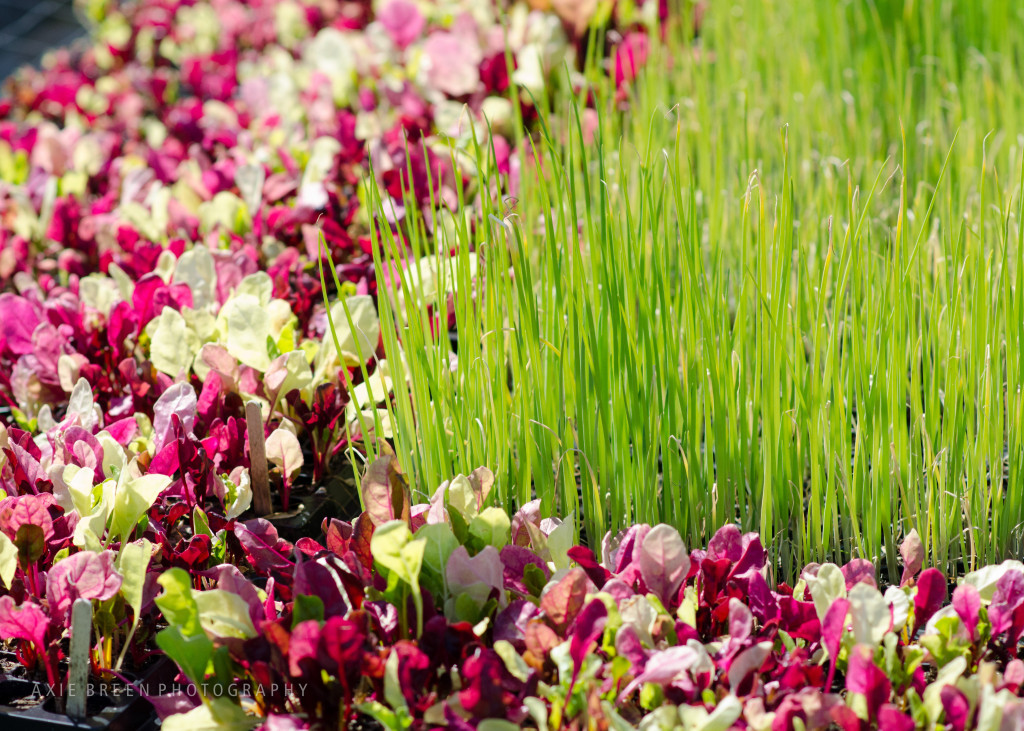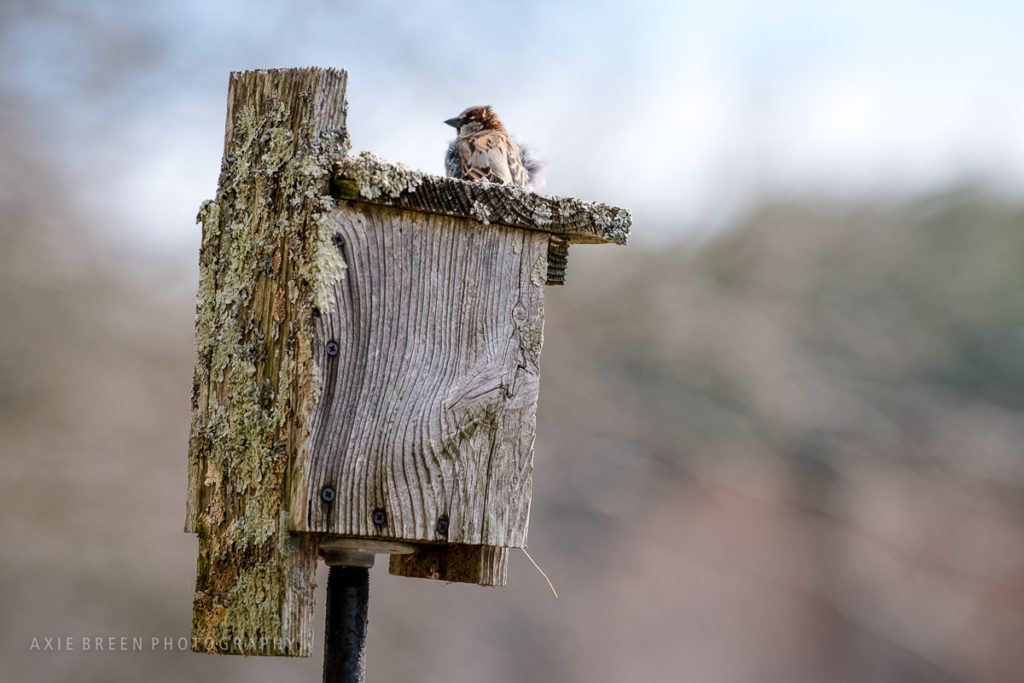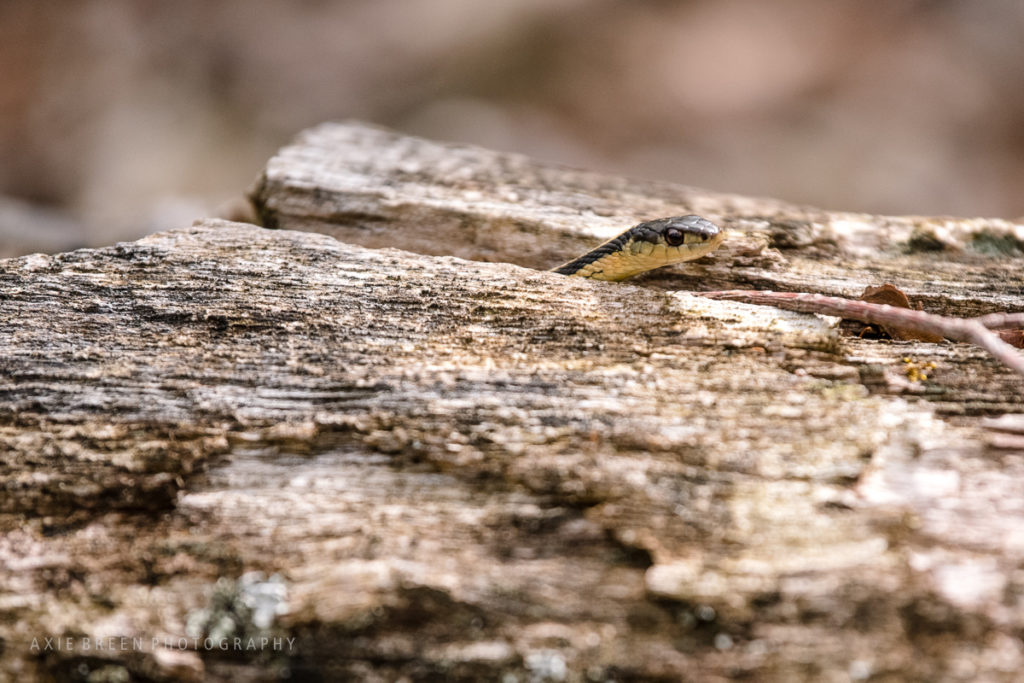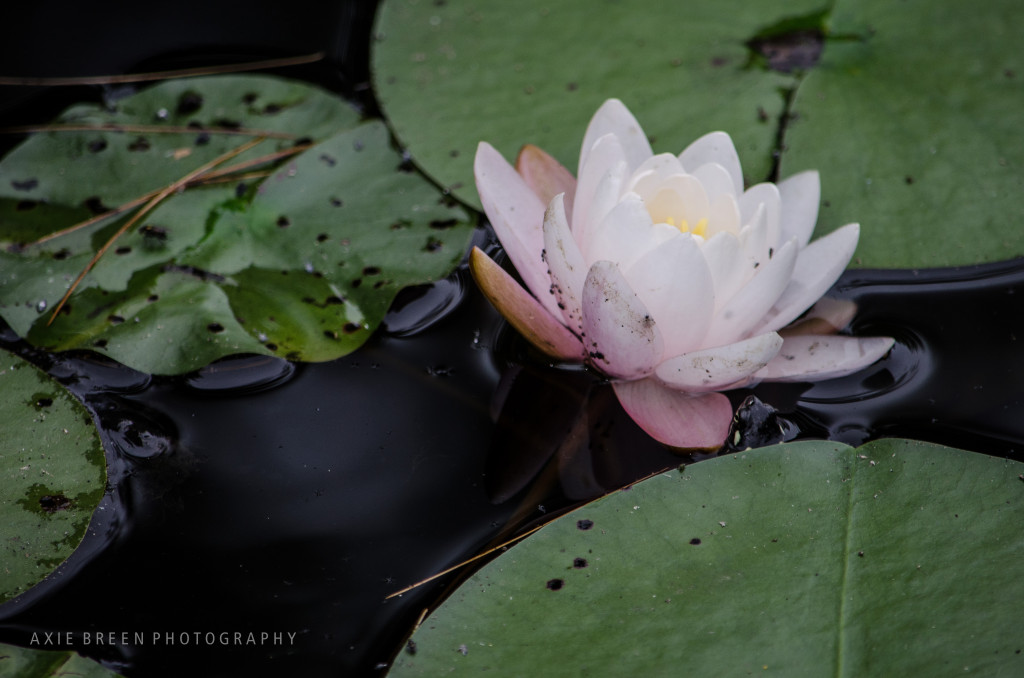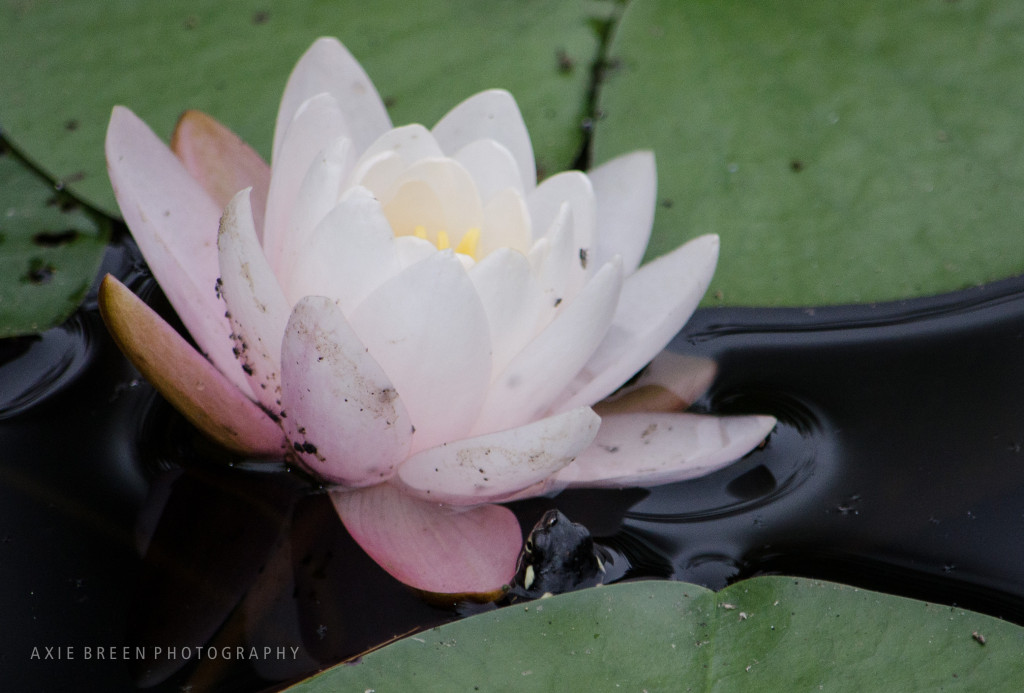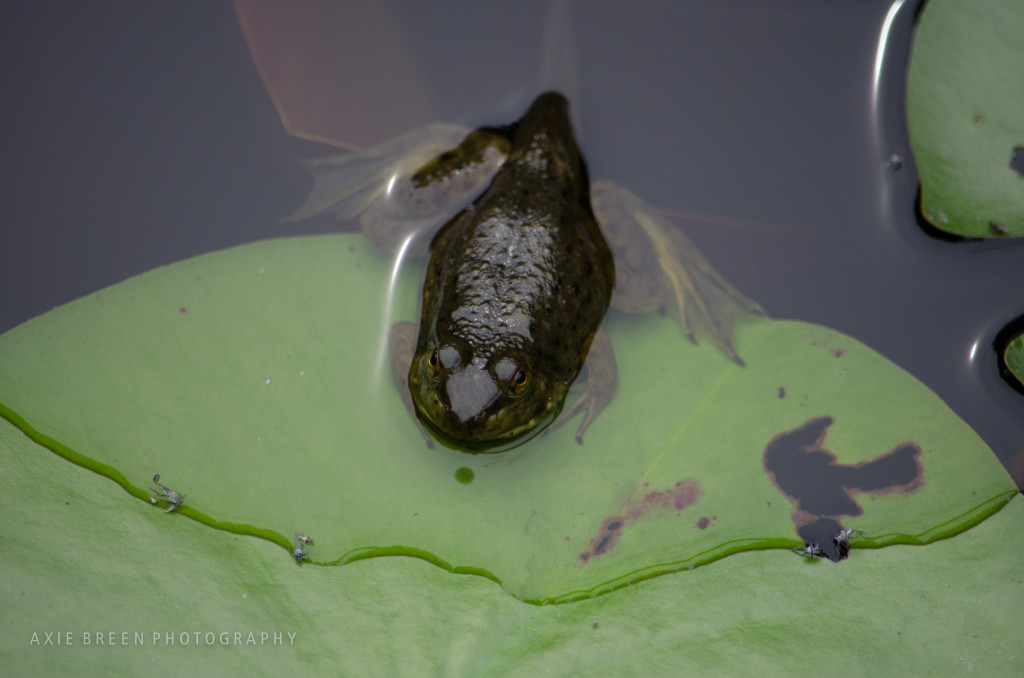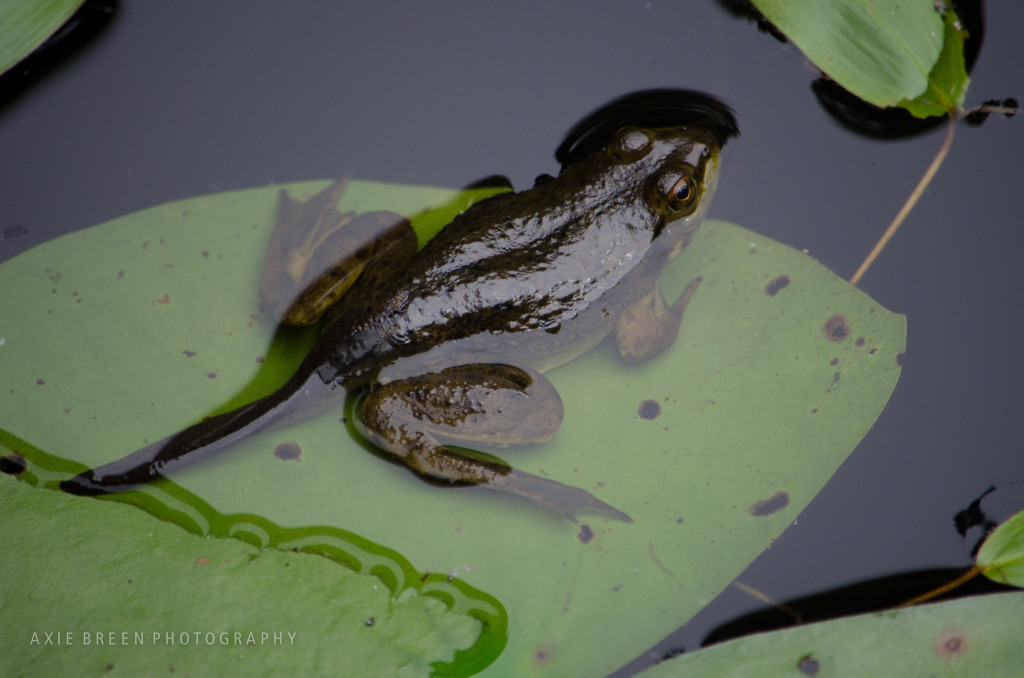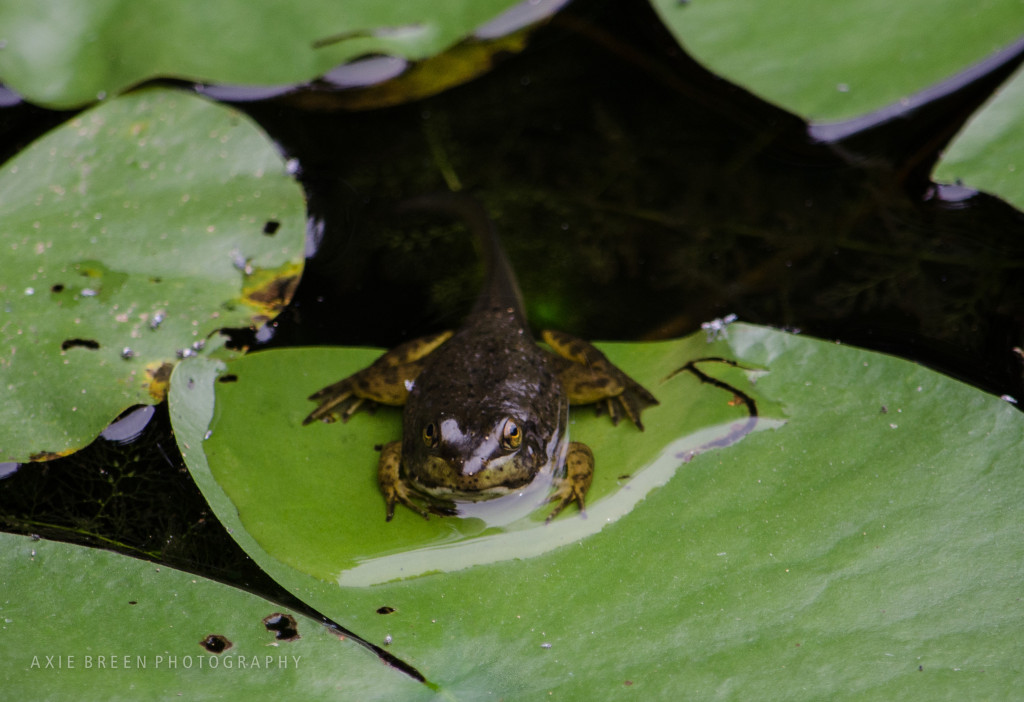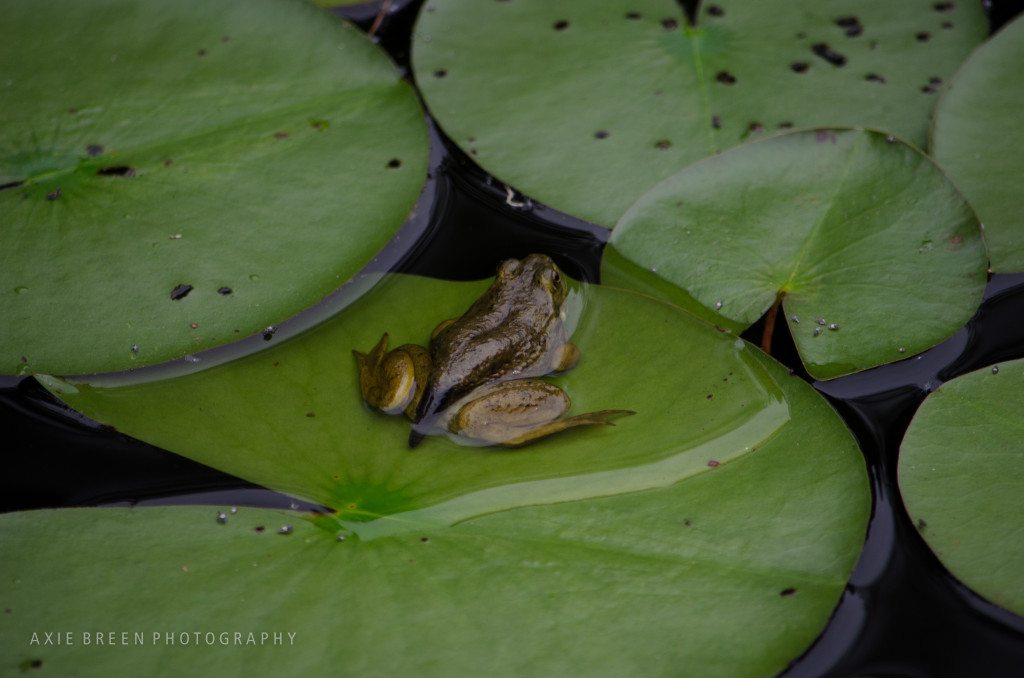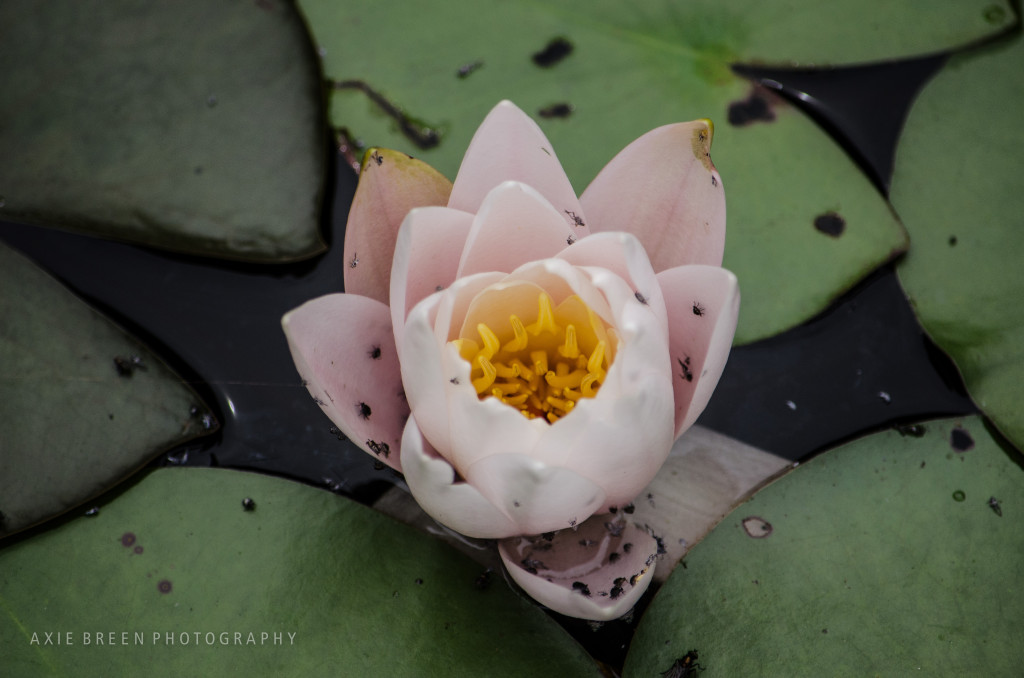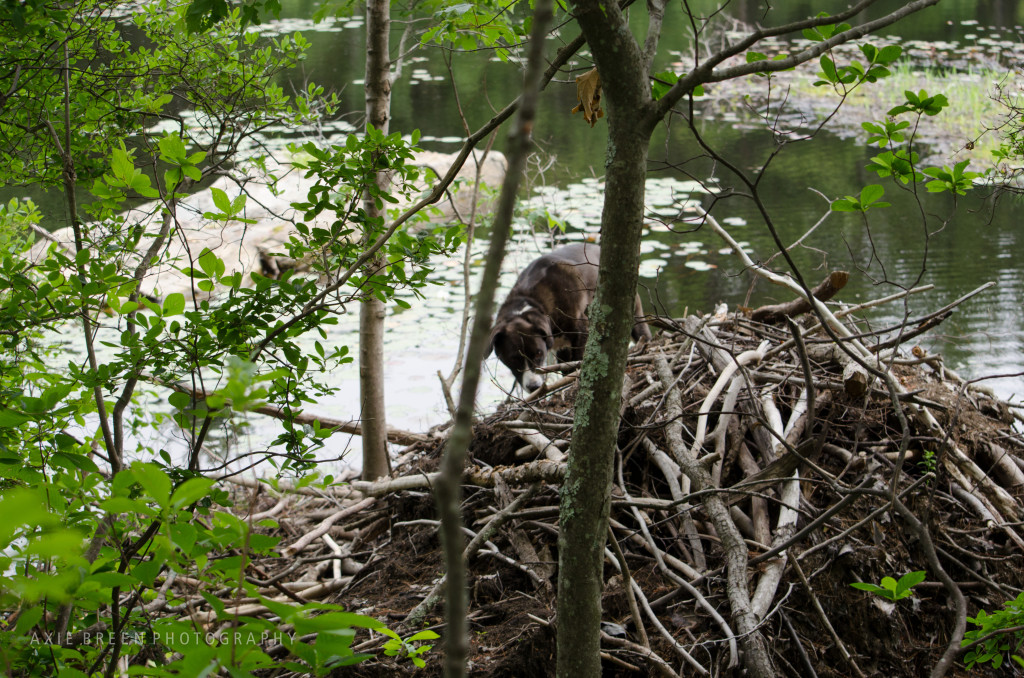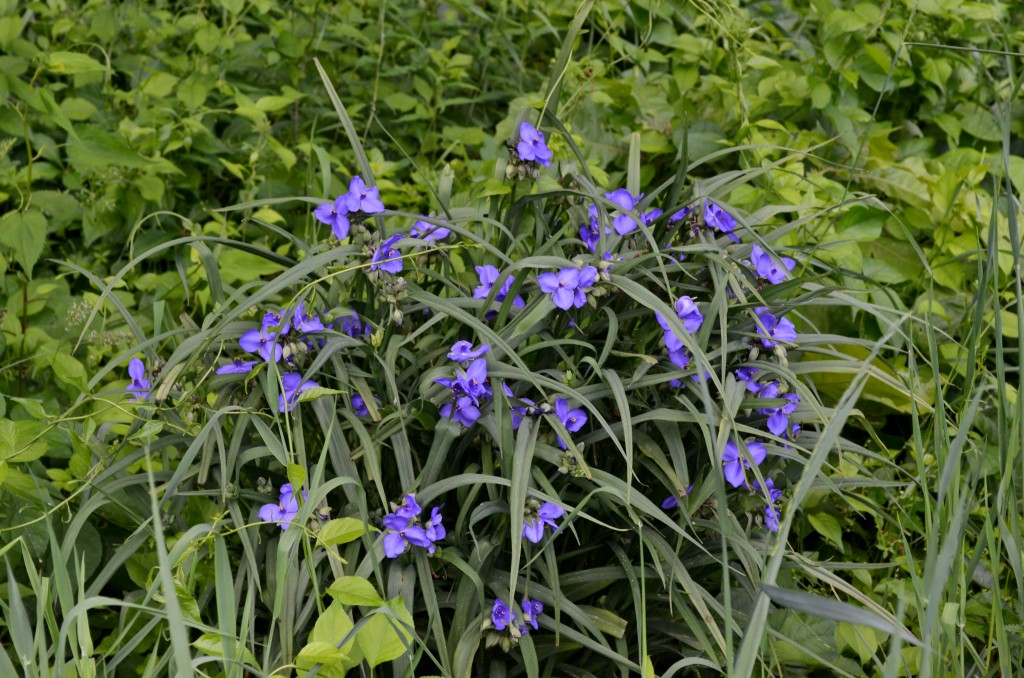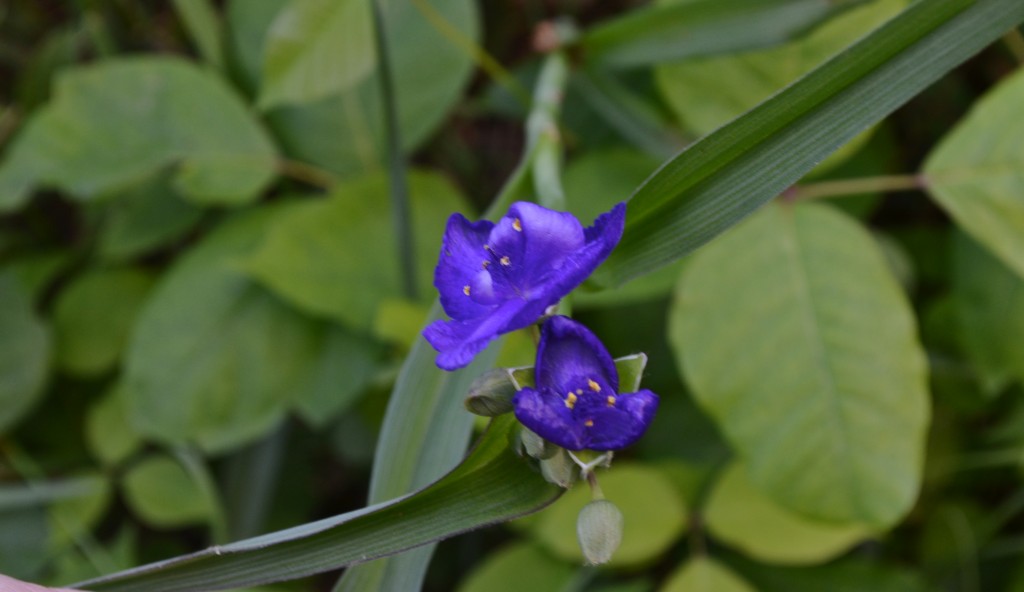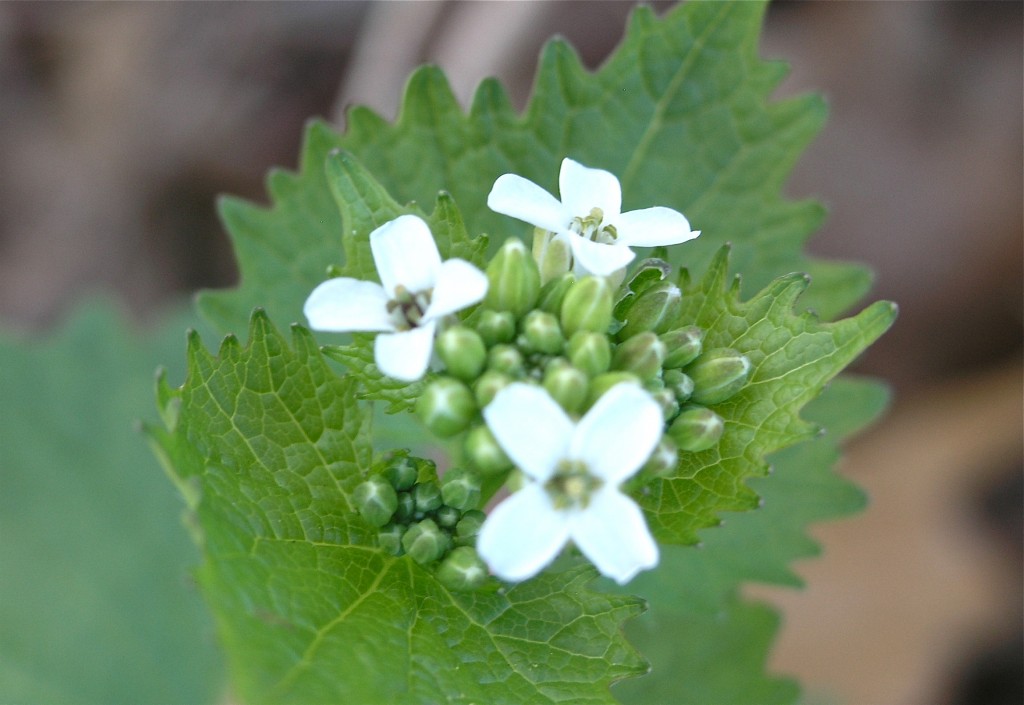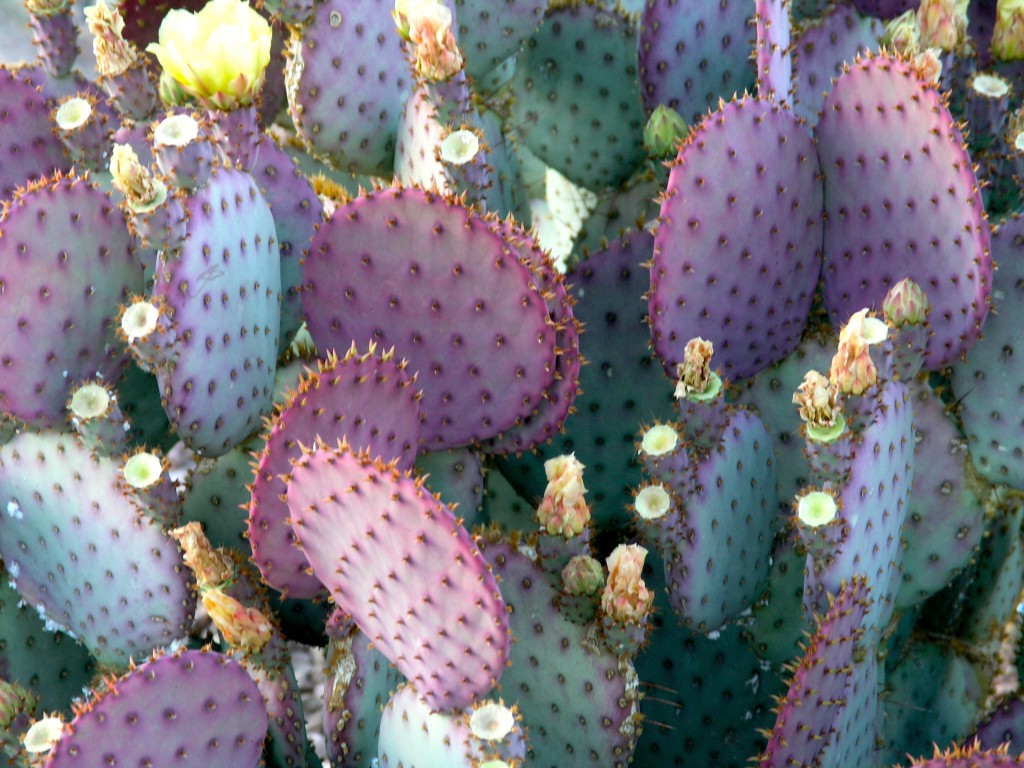 Okay, I know this is off topic. But when I went through the process of buying a used car, most of the relevant advice on the internet was general, from big corporate sites — not much in the line of personal experience. So I want to add what I learned to the google zone.
Okay, I know this is off topic. But when I went through the process of buying a used car, most of the relevant advice on the internet was general, from big corporate sites — not much in the line of personal experience. So I want to add what I learned to the google zone.
So first you figure out the kind of car you want and the budget you’re allowing to buy it. Then look around online to see who has some in stock. Then zero in:
1. Identify the car you want. Look at Edmunds, Kelley Blue Book online to get a sense of market value. Look at Carfax for deets on that particular car.
2. Call the dealer to check availability and make an appointment to drive it. Check the asking price and what it covers: If the car is advertised as Certified, does the listed price cover certification or is it actually extra? (Get alert to any bait-and-switch at the outset.) Is this a negotiable price or is this a no-negotiation shop?
3. Test drive. Don’t be too positive. Reserve judgment and keep in mind any flaws.
4. Negotiate. I read that an advertised price includes a “20% gross margin,” so to open your negotiation at 15% below… and come up to maybe 10% below, or what your research indicates is a reasonable price for that car. I’m not sure about these percentages — with a new car, you can find the wholesale price, but with a used car, it’s not clear cut.
Don’t take it personally if they act insulted at your offer. You have to pretend you do financial negotiations all the time, just like they do.
Do NOT reveal what you’re really willing to pay, because they will immediately clamp onto that figure and start working upwards from there. (When I revealed that number, I felt the balance of power shift.)
Work out the car price deal first before considering the value of any trade-in, because the figures get fast and confusing when they mix them together, plus there is lots of opportunity for them to discuss all the negatives of your trade-in.
Be ready to walk if you are not coming to an agreement you like, or if you feel like they’re trying to mess with you. Or ask for a few minutes alone (with your calculator) to recover from their patter, look at the figures and formulate your plan.
Also, this can take a long time, what with them consulting with their manager, etc., so be ready for that too.
You might be thinking to use CarMax or another no-negotiation car seller to avoid all that hassle, but if you are willing to do the homework and negotiate, I do think you will end up with a better deal than at a CarMax type place. (I know I did, comparing the similar cars and prices at those dealers with what I got.)
It’s nice to have someone go with you, if possible. In my case, for awhile they kept trying to deal with my husband, but I was actually steering this particular purchase and they eventually figured that out (as B got out a novel to make it clear he really was not the negotiator) and they had to talk to me. We inadvertently had kind of a good cop, bad cop thing going on, because he was more ready to buy and I was seriously ready to walk, and I do think that saved us some money.
Good luck!
Okay, we can have a bonus photo from nature: lettuce at Powisett Farm, Dover, MA.
